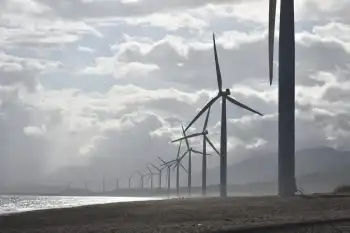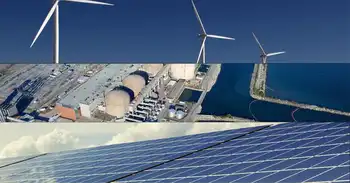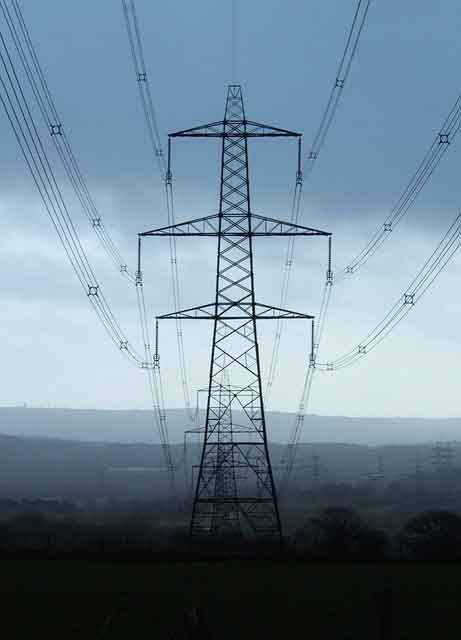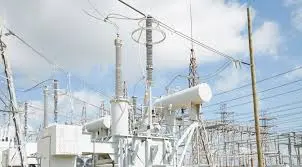Halve worldÂ’s emissions by 2050: Danes
By Reuters
NFPA 70e Training - Arc Flash
Our customized live online or in‑person group training can be delivered to your staff at your location.

- Live Online
- 6 hours Instructor-led
- Group Training Available
The text, a copy of which was seen by Reuters, said rich countries should account for 80 percent of the global emission cuts by 2050. But it did not spell out shorter-term emission targets for rich countries, a key demand from poorer nations.
India, the world's number four emitter, said it opposed the suggested text. Denmark, meanwhile, insisted it was merely consulting and had made no formal proposals for breaking deadlock between rich and poor nations at the December 7-18 meeting.
"If the Denmark draft is any indication then we are heading to a dead end," Indian Environment Minister Jairam Ramesh told reporters in New Delhi.
China and India have opposed agreeing to a goal of halving world emissions unless rich nations, which have burned fossil fuels since the Industrial Revolution, take the lead by setting far tougher reductions by 2020.
"The Danish government has not put forward a proposal," Danish Prime Minister Lars Lokke Rasmussen told reporters in Copenhagen.
Danish Climate Minister Connie Hedegaard, who will preside at Copenhagen, told Reuters earlier that consultations were "based on a variety of draft text proposals." She added that Denmark would not propose any formal compromises until the meeting.
The text seen by Reuters also suggests that the world's greenhouse gas emissions, mainly from burning fossil fuels, should peak in 2020. Emissions have been rising fast in recent years but are set to dip by up to 3 percent in 2009 because of recession.
And it suggested efforts to keep the rise in global average temperatures to within 2 degrees Celsius (3.6 Fahrenheit) above pre-industrial times to avoid the worst of heatwaves, floods, species extinctions and rising sea levels.
The UN talks have run out of time to settle a legally binding deal after arguments between rich and poor nations about who should cut emissions, by how much and who should pay.
But hopes are growing that a substantive political pact can be agreed at the December meeting, including setting a 2010 deadline for tying up a legal text. U.S. President Barack Obama will attend on December 9 with most other leaders at the end.
In Beijing, Premier Wen Jiabao told the European Union that Beijing would deliver on a promise to slow the rise of its carbon dioxide output, the main greenhouse gas emitted by burning fossil fuels.
China plans to cut its "carbon intensity" — the carbon dioxide released in generating each yuan of output — by 40 to 45 percent by 2020 from 2005 levels. Such a goal would still allow a doubling of emissions, assuming projected economic growth rates, analysts say.
Swedish Prime Minister Fredrik Reinfeldt said in Beijing that the world was not ambitious enough in setting cuts. "More needs to be done," Reinfeldt said. Sweden holds the rotating presidency of the 27-member European Union.
Developing countries led by China and India are also expected to table a text in Copenhagen that they would like to be turned into the basis for negotiations. China, the United States, Russia and India are the top emitters.
Denmark's Rasmussen has said he wants a 5-8 page "politically binding" agreement, with annexes outlining each country's obligations.
Developed countries such as Britain and France have put an offer of a $10-billion-a-year Copenhagen Launch Fund on the table, but while developing countries welcomed what they called "interim financing," they said much more, perhaps up to $300 billion, might be needed to make a global climate deal work.
In Canberra, Australia's key policy to fight global warming limped closer to defeat with parliament set to delay or reject the government's carbon emissions trade scheme, raising the chances of an early election.
In Sydney, Tibet's exiled Buddhist spiritual leader the Dalai Lama also urged governments to take climate change seriously. "In some cases in order to protect global issues, some sacrifice of national interest (is needed)," he said.











